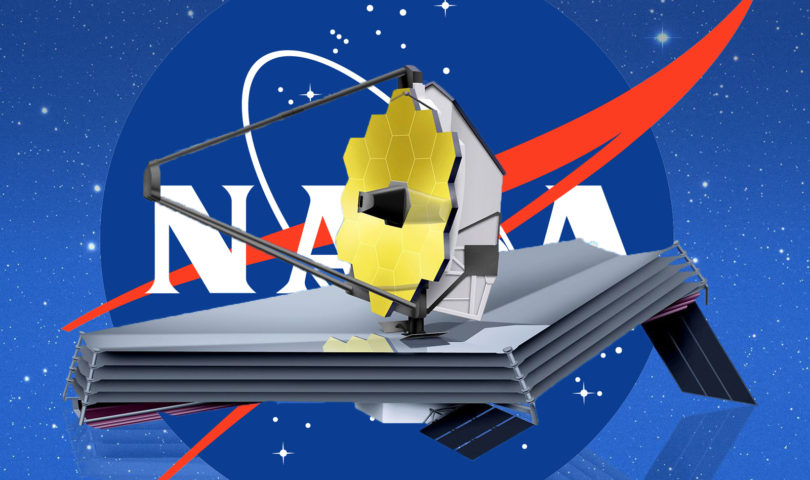On December 25, 2021, NASA launched the James Webb Space Telescope (JWST), a $10 billion telescope with unprecedented size and capabilities. The JWST is almost three times bigger than the Hubble Space Telescope, which was launched in 1990, and JWST could be a key to breakthroughs in our understanding of space and the universe.
The telescope’s primary mirror has 18 hexagonal segments made of gold-plated beryllium, which combine to create a 21-foot diameter surface. This mirror concentrates light into the telescope, allowing the image gathered from the telescope to be even more detailed. According to Perception, a well known youtube science channel, the telescope can spot the heat signature of a bumblebee at the distance that the Earth is to the Moon. In addition, the JWST works in the infrared light spectrum, which allows us to see through dense dust clouds and into the stars beyond. A five-layer sunshield at the bottom of the telescope protects it from extreme temperatures.
The telescope’s final destination is the second Lagrange point, a point in space about 930,000 miles away from Earth. This point is one of the few points where the telescope can orbit a relatively small and stable orbit which will allow it to document surrounding stars effectively. In addition, due to the stable orbit at this point, the telescope will be able to be positioned well in order for the sunshield to protect the telescope from the intense heat of the sun.
The JWST excites scientists around the world. Mr. Thrasher, a San Mateo High School science teacher who studied. astrophysics in college, predicts “it will allow us to gain more information about the early universe.” The telescope can capture light from the stars of distant galaxies, where light is just starting to reach us, letting scientists study the past and the process in which stars are made.
Discoveries will not happen overnight. Mr. Thrasher says that “it takes about six months for the telescope to get up and running, then it takes huge amounts of data, which scientists then have to comb through it and figure out what it means.” Hopefully, this data will reveal secrets that have been unknown to scientists for a long time, opening our perspective to the origins of our universe.

